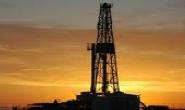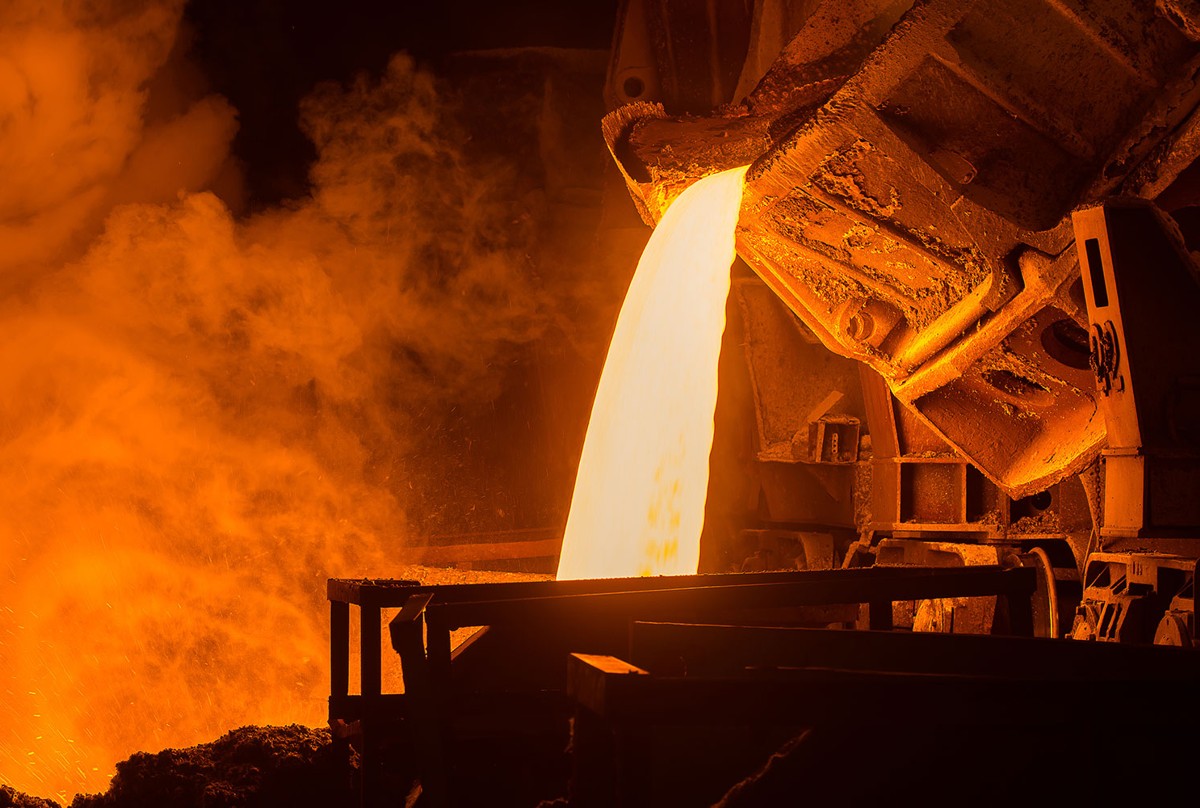Market Data

March 4, 2016
Oil & Gas Rig Counts Keep Moving Lower
Written by Brett Linton
According to Baker Hughes data from March 4, 2016, the U.S rig count for the week was 489 rigs exploring for or developing oil or natural gas. This is a decrease of 13 rigs when compared to last week, with oil rigs down 8 to 392 rigs, gas rigs down 5 to 97 rigs, and miscellaneous rigs unchanged at 0 rigs. Compared to this time last year, the 489 count is down 703 rigs, with oil rigs down 530, gas rigs down 171, and miscellaneous rigs down 2.
The Canadian rig count decreased by 46 to 129 rigs this past week, with oil rigs down 33 to 50 rigs and gas rigs down 13 to 79 rigs. Compared to last year the 129 count is a decrease of 171 rigs, with oil rigs down 100 and gas rigs down 71. International rigs decreased by 50 to 1,045 rigs for the month of January, a decrease of 213 rigs from the same month one year ago. For a history of both the US and Canadian rig count, visit the Steel Market Update website here.
About the Rotary Rig Count
A rotary rig is one that rotates the drill pipe from the surface to either drill a new well or sidetracking an existing one. They are drilled to explore for, develop and produce oil or natural gas. The Baker Hughes Rotary Rig count includes only those rigs that are significant consumers of oilfield services and supplies.
The Baker Hughes North American Rotary Rig Count is a weekly census of the number of drilling rigs actively exploring for or developing oil or natural gas in the United States and Canada. Rigs considered active must be on location and drilling. They are considered active from the time they break ground until the time they reach their target depth.
The Baker Hughes International Rotary Rig Count is a monthly census of active drilling rigs exploring for or developing oil or natural gas outside of the United States and Canada. International rigs considered active must be drilling at least 15 days during the month. The Baker Hughes International Rotary Rig Count does not include rigs drilling in Russia or onshore China.








